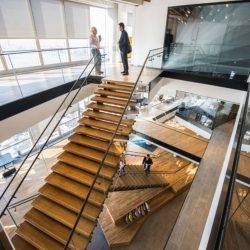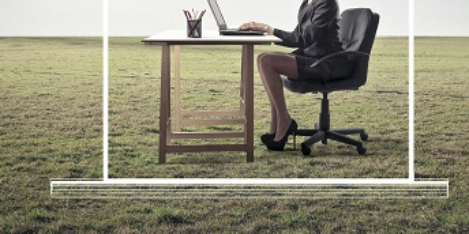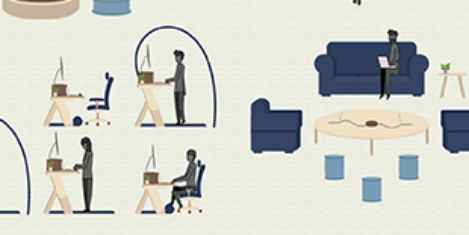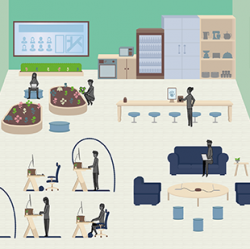February 10, 2017
Connectivity, innovation and uncertainty are driving workplace change, claims report 0
 Sodexo has published its 2017 Global Workplace Trends report, which claims to define the most critical factors affecting the world’s workers and employers. According to the report, the trends portray a workplace that blends work life with outside life, catering to employee needs through improvements in wellness, space design and learning programs. “With this piece, we’ve distilled key findings from different sectors, generations and countries to produce a report that provides a holistic view of the global workplace,” said Sylvia Metayer, CEO, Worldwide Corporate Services segment, Sodexo. “It’s critical for business leaders to recognise the underlying trends driving change, to evaluate their significance and stay ahead of—rather than follow—them.”
Sodexo has published its 2017 Global Workplace Trends report, which claims to define the most critical factors affecting the world’s workers and employers. According to the report, the trends portray a workplace that blends work life with outside life, catering to employee needs through improvements in wellness, space design and learning programs. “With this piece, we’ve distilled key findings from different sectors, generations and countries to produce a report that provides a holistic view of the global workplace,” said Sylvia Metayer, CEO, Worldwide Corporate Services segment, Sodexo. “It’s critical for business leaders to recognise the underlying trends driving change, to evaluate their significance and stay ahead of—rather than follow—them.”









 With the UK facing at best, very slow growth, or even shrinkage, of the working population, future changes to migration levels into the UK due to Brexit could exacerbate the financial stresses and strains caused by the UK’s aging workforce. This is according to the
With the UK facing at best, very slow growth, or even shrinkage, of the working population, future changes to migration levels into the UK due to Brexit could exacerbate the financial stresses and strains caused by the UK’s aging workforce. This is according to the 

























January 20, 2017
The facts about sit stand work are already lost in the stream of narrative 0
by Mark Eltringham • Comment, Knowledge, Wellbeing, Workplace design
(more…)